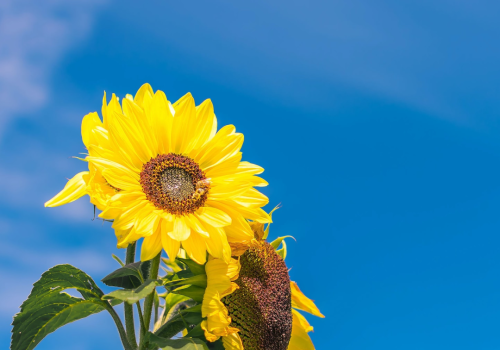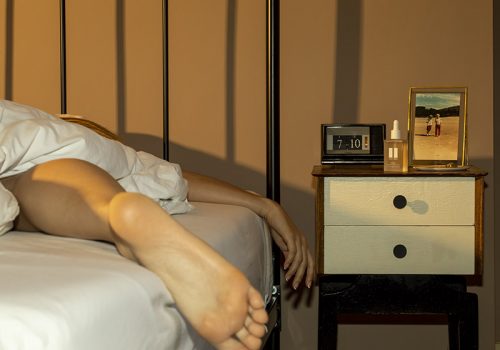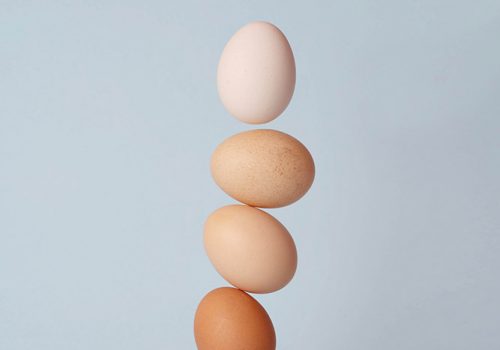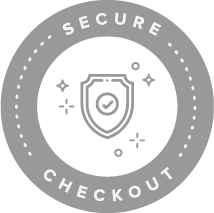Can Microdosing Help You Enjoy Parenting More?
SEIZE THE DAY
If we said microdosing to you, do you instantly think of something psychedelic? It’s true, microdosing often involves substances like mushrooms, which can be psychoactive, but there’s so much more to the story. It also has a place beyond the college kids after party, with a growing number of ‘older’ people and parents using microdosing to help them get more from their day to day.
If you’re wondering why, according to anecdotal evidence, microdosing psychedelic or other psychoactive substances over an extended period can reap mental and physical benefits. More on that in a moment, but while we’re here, note that preliminary and clinical scientific studies have also reported the same potential benefits, without the dangers of ingesting mind-altering doses. So, it seems there may be weight to the buzz around microdosing, from mushrooms to CBD. Here, we take a look at the how and the why so you can see what benefits it could offer you.
Benefits of Microdosing
Microdosing has been used for health, social, and spiritual benefits for thousands of years, so this isn’t new. Right about now, the buzz is all around microdosing substances with these psychoactive properties, which include psilocybin (AKA magic mushrooms), LSD, Ketamine, and MDMA. We know, that may all sound far out, but scientists are concurrently running clinical trials to test these substances for their potential to help clinical issues like depression, PTSD, and anxiety.
So just what has both scientists and us common folk in a tizz? Communities around the globe are talking about the benefits of microdosing to help with mood, focus, creativity, and clarity. Others also report positive social behavior and empathy, boosted energy and flow states, better sleep, and a general lust for life. Here’s more on these benefits:
- May positively impact brain function – Anecdotal evidence points towards microdosing helping people operate at their fullest. Call it the productivity charger, some believe this could be the placebo effect, that said, one study found that microdosing did seem to connect to better brain function.
- Could boost empathy – Microdosing advocates report having a better sense of empathy toward others on their microdosing days. Interestingly, one study did appear to back this up, with research into psilocybin microdosing lining to improve emotional empathy.
- May enable better social connection – Think about the potential to up your empathy levels, and you could see how it may be possible to also experience a sense of social connection. This is the kind of thin parents who microdose also report, with many saying that it made them more joyful when interacting and playing with their kids.
- Helps with mood – Research does point towards the mood benefits of microdosing. One real-world study on microdosers showed that they experienced improved moods. This aligns with anecdotal reports of feeling more content and happier while microdosing.
- It stirs productivity and creativity – The same real-world study also showed improved focus among microdosers. Other anecdotal reports also link to a boost in creativity and output.
Despite all this, there is little information available to the public on the benefits and ways to microdose, and of course, legal issues around substances like this vary hugely too. It’s also worth noting that some people have found negative sides to microdosing, including increased anxiety and uncomfortable sensations. So, if you’re curious to try it, make sure you do your research and follow the tips and guidance for your substance. To help you out, here are some starters for ten.
First off, know that microdosing is highly individual. Everyone is different, and we all have different experiences with varying amounts and substances. This means you’ll need to self-experiment, and the advice is to go low and slow until you understand your tolerance. The key here isn’t to get “high”, but to feel a gentle nudge. Getting in the right headspace before you take your microdose will help too. Here are a couple of tips to help you approach it right and get the most from microdosing.
A good starting point for any microdosing moment lies in setting your intentions. Before you start, ask yourself what you’d like to get out of the experience. Reflect on the benefits highlighted earlier in this article and reframe them for you. For example, do you want to feel more creative, focused, or socially connected? This may even vary from day to day, so by getting a grip on what you’d like to achieve and building an understanding of your tolerance, you can tailor each experience.
While you’re microdosing, take some time to note down how you’re feeling. Some tips for this include:
- What thoughts are in your head? Are you scattered or clear?
- Do objects, scenes, or characters seem more interesting and vivid to you, and are they capturing your imagination?
- How are you emotionally? Do you feel happy, anxious, or empathetic? Does this feel different from your usual state?
- How are your social interactions? Are you feeling agreeable or argumentative, are your facial expressions different, and do your interactions feel different?
- What’s going on in your body? Run through a quick body scan to slow your mind and focus on physical sensations to note anything different.
- Do you feel competent, capable, and engaged in tasks? How does the actual output of your work compare to normal on reflection?
- Is your mood lifted or are you feeling negative? Are feelings of peace, love, and oneness more forthcoming?
Most people follow a structure of dose days and non-dose day routines, which means dosing every three days with two non-dose days in between. This allows your body and mind to return to base levels, so you can reap the benefits in full. Working out which days would benefit you most for dose days will enable you to build a tailored routine. In addition, experts advise microdosers to take a one-week break every two months to reset the body.
To get a feel for what’s working for you and the right dose to meet your needs, you’ll need to adhere to careful dosing. With that in mind, we’ve shared a couple of dosing guides for mushrooms, LSD, and CBD below, to help you on your way.
Mushrooms (dried stems and caps)
- Microdose: 0.15–0.3g
- Creative dose: 0.5–1g
- Party dose: 2+ g (a full trip dose)
LSD
- Microdose: 10–20ug
- Creative dose: 40–50ug
- Party dose: 100ug
The difference between microdosing cannabis compared to mushrooms or LSD, for instance, is that it is not a psychedelic substance. So, the question is, can you effectively microdose it? The answer is yes, microdosing THC specifically remains a popular substance for microdosers, mainly because it offers potential medicinal qualities without making you feel intoxicated.
The typical microdosing range for THC falls between 0.5mg-7.5mg depending on your tolerance. As mentioned before, you can find that sweet spot, noting benefits at a microdose level by keeping a record of how each microdose makes you feel.
Some individuals play around with microdosing CBD as well with similar dosing parameters as THC. This can be experienced either isolated or combined with other cannabinoids to amplify the potential benefits. While microdosing CBD isn’t as common since it’s not a mind-altering compound, some individuals have reported benefits with consistent low doses.
Tip: Try a quarter dropper or less of our BALANCE Everyday Full-Spectrum CBD Tincture to see if microdosing benefits you.
Press Pause CBD and Microdosing
Microdosing is an interesting concept for those seeking more balance and verve in everyday life. Finding the right dosage and substance is key to getting the most from your experience, and CBD can fit into this quest. Press Pause’s premium, high-quality CBD offers clinically backed CBD products with zero toxic ingredients and only the highest quality CBD. To see how this could be part of your microdosing experience speak to our team for more information or browse our shop.







